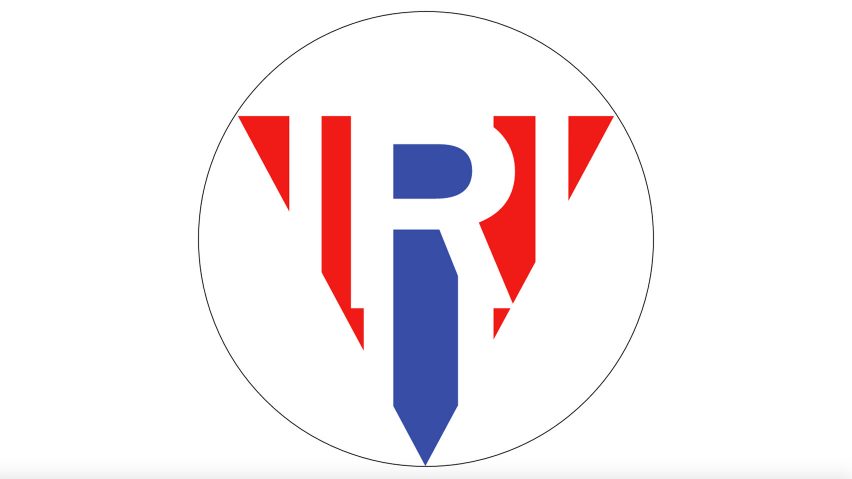
Tucker Viemeister bases R for Resistance symbol on Nazi concentration camp badges
American industrial designer Tucker Viemeister has unveiled his latest Nazi-style logo, which aims to unite those resisting against the Trump administration.
The R for Resistance symbol was designed in collaboration with public relations specialist Len Stein, who came up with its concept. The pair intended the badge to act as a "quick identifier", which shows the wearer's commitment to a specific minority group and to the resistance movement as a whole.
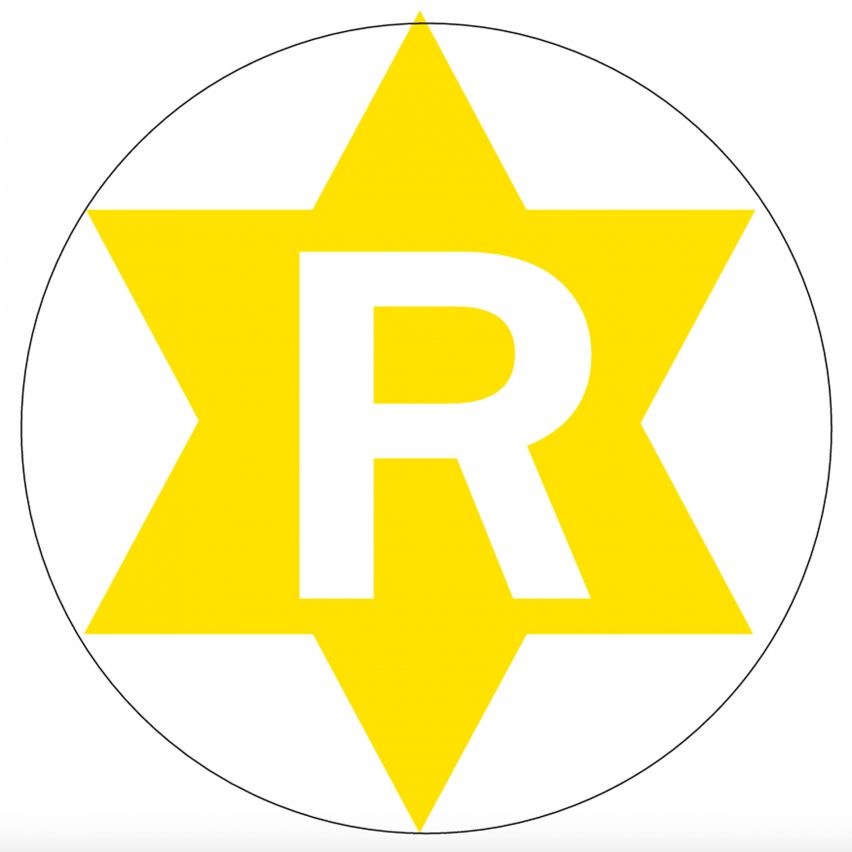
"Shortly after the presidential election, 'Trump Nation/Whites Only' was written on the wall outside a majority-immigrant church in Maryland," he said. "When things like this happen, there's two ways to go: quietly wash the wall or stand against hatred and promote tolerance."
"All citizens of good conscious must join the Resistance to Donald J. Trump's authoritarian administration," he continued. "We propose that resisters wear a triangle R badge on their sleeves when protesting – whether immigrants, refugees, people of every ethnicity, religion, sexual orientation or political affiliation, to demonstrate their patriotism in the struggle to preserve American democracy."
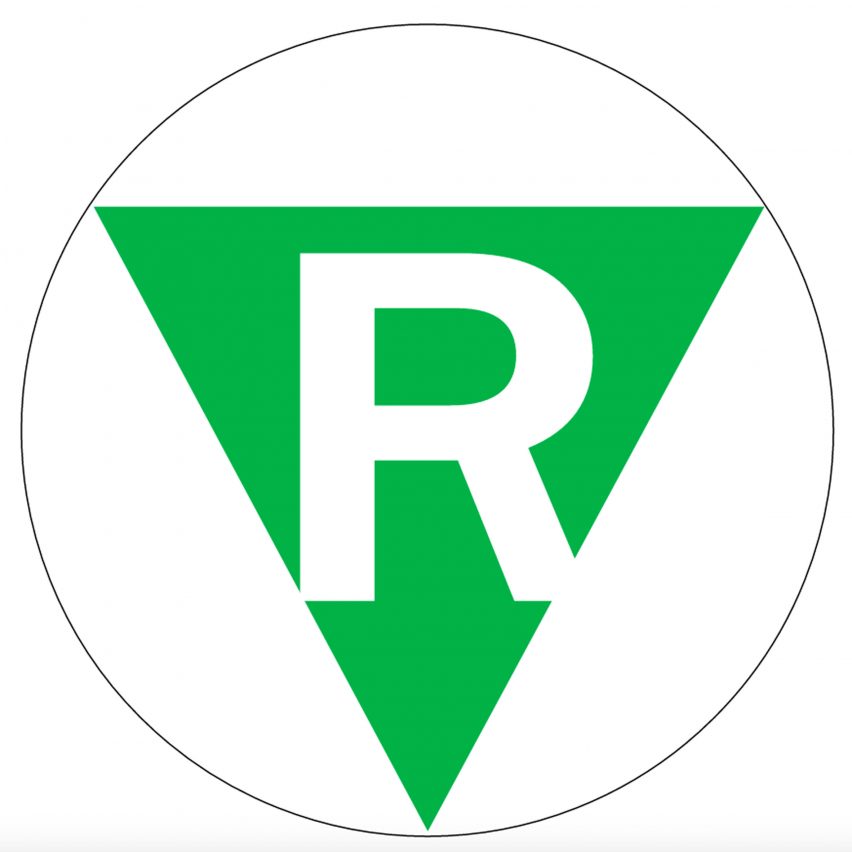
Designed as a "patriotic badge of honourable resistance", the badge features an upside-down triangle with an R in its centre.
Viemeister largely based the badge on those used to identify types of prisoners inside Nazi concentration camps. The badges were sewn onto their jackets and trousers, but Stein believes they could be reappropriated to have an empowering effect.
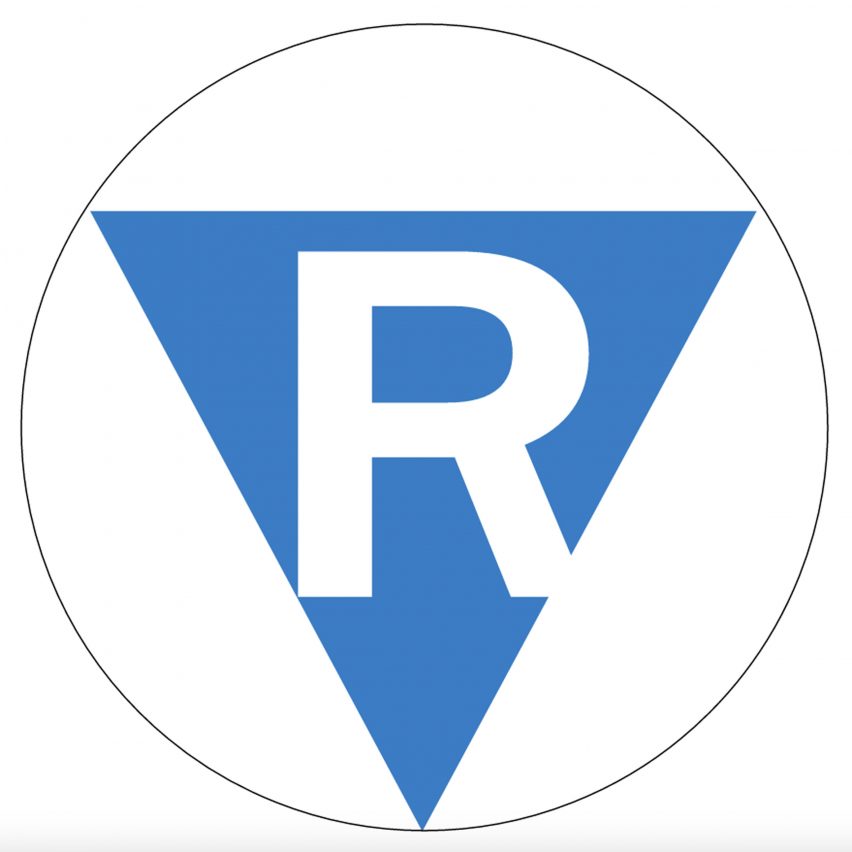
"The R triangle should be worn as a patriotic badge of honourable resistance, either as a cloth symbol, sewn onto one's sleeve or over the heart, a pin or sticky label," Stein told Dezeen.
"By mimicking the Nazi badge system usage, the upside down triangle R reflects the horrors of the past and provides an impetus to struggle to guarantee that people never lose their freedom again."
Similar to the Nazi badges, the R for Resistance represents the identity of the wearer through its colour.
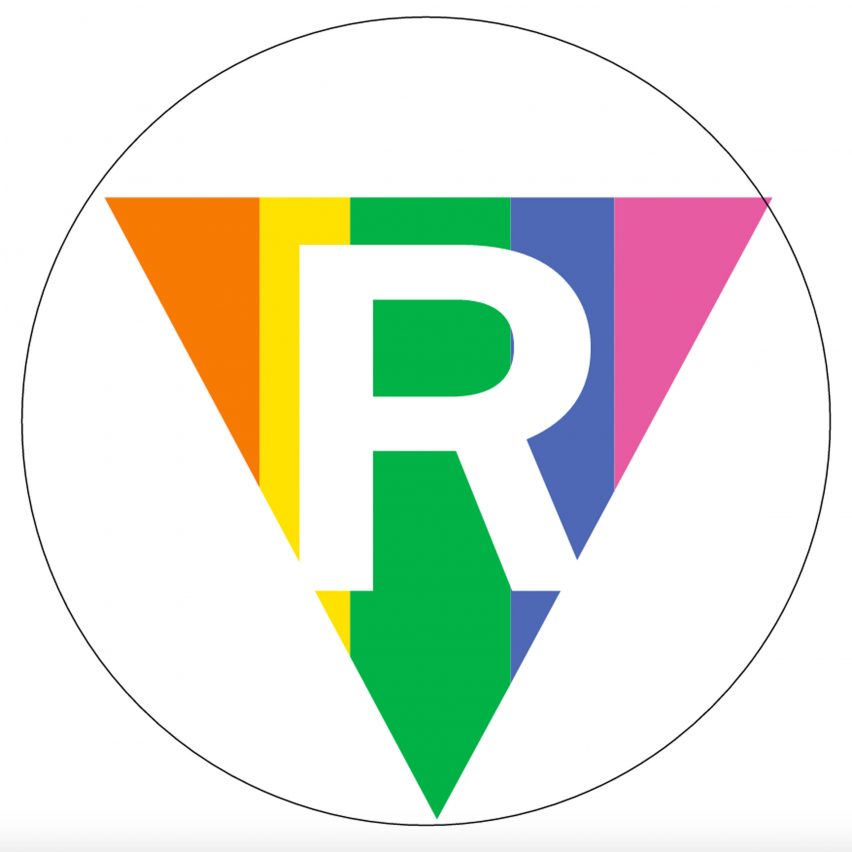
The wearer would choose the colour of the badge depending on the group they align with – yellow for Jewish, rainbow for LGBTQ and purple for Christian, and so on.
"These mandatory badges of shame had specific meanings indicated by their colour and shape," said Stein.
"Such emblems helped guards assign tasks to detainees. For example, a guard at a glance could see if someone was a convicted criminal (green patch) and likely of a "tough" temperament."
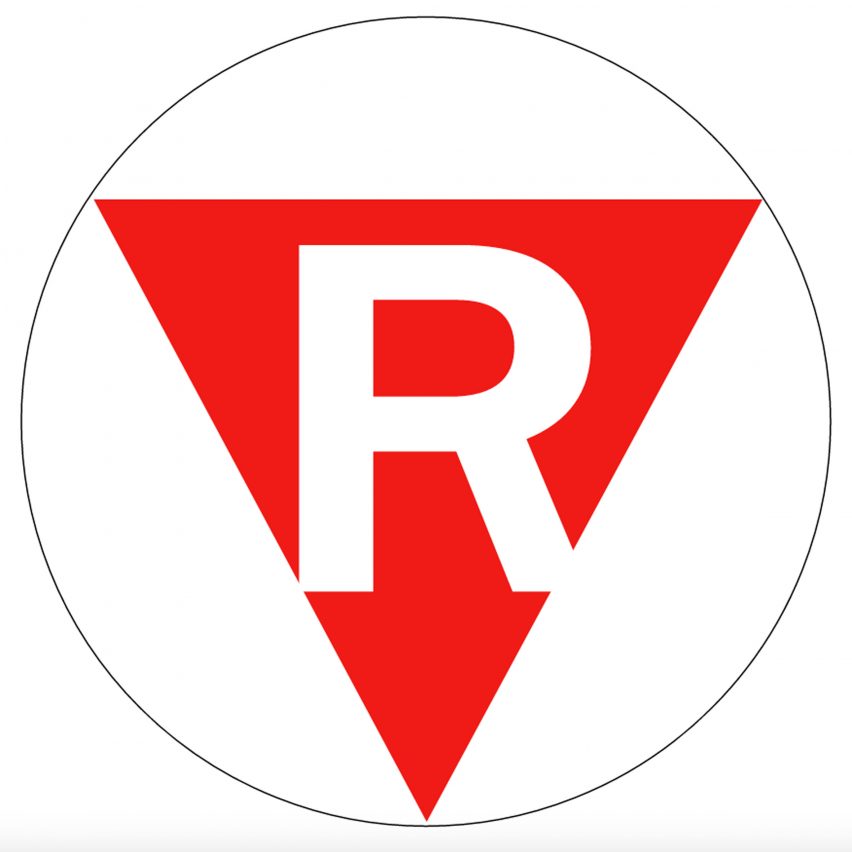
This is the second logo Viemeister has created in response to Donald Trump's presidency. In April last year, before Trump became the Republican party's official presidential nominee, he posting a swasitika-style symbol on Twitter along with the words "I hope they [Trump's supporters] don't like it!"
He shared his preliminary design sketches with Dezeen, showing how the symbol relates to both Nazi imagery and contrasts with the symbol that graphic designer Michael Bierut of Pentagram designed for Trump's rival, Hillary Clinton.
Tucker is not the only artist or designer to take a stand against Trump, who became the 45th president of the United States on Friday 20 January.
Graphic designer Shepard Fairey also reinterpreted the poster he created for previous POTUS Barack Obama, producing three new designs to coincide with Trump's inauguration.